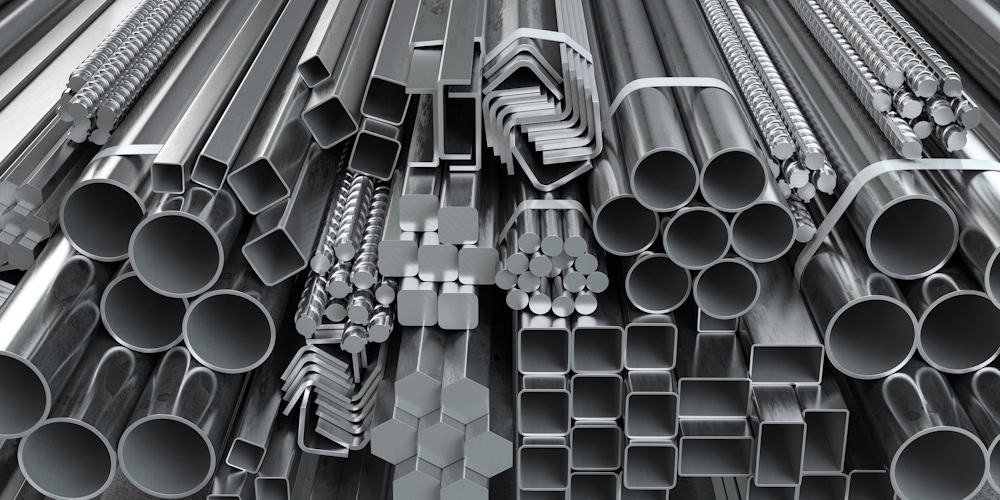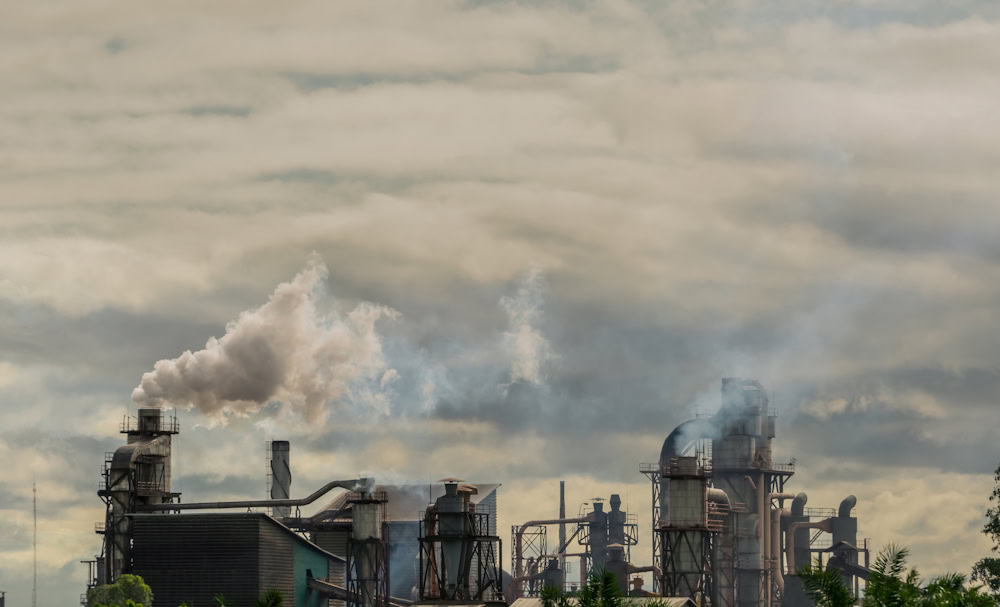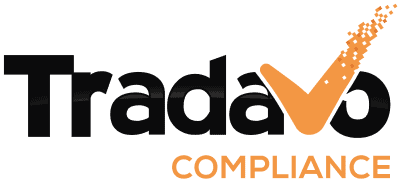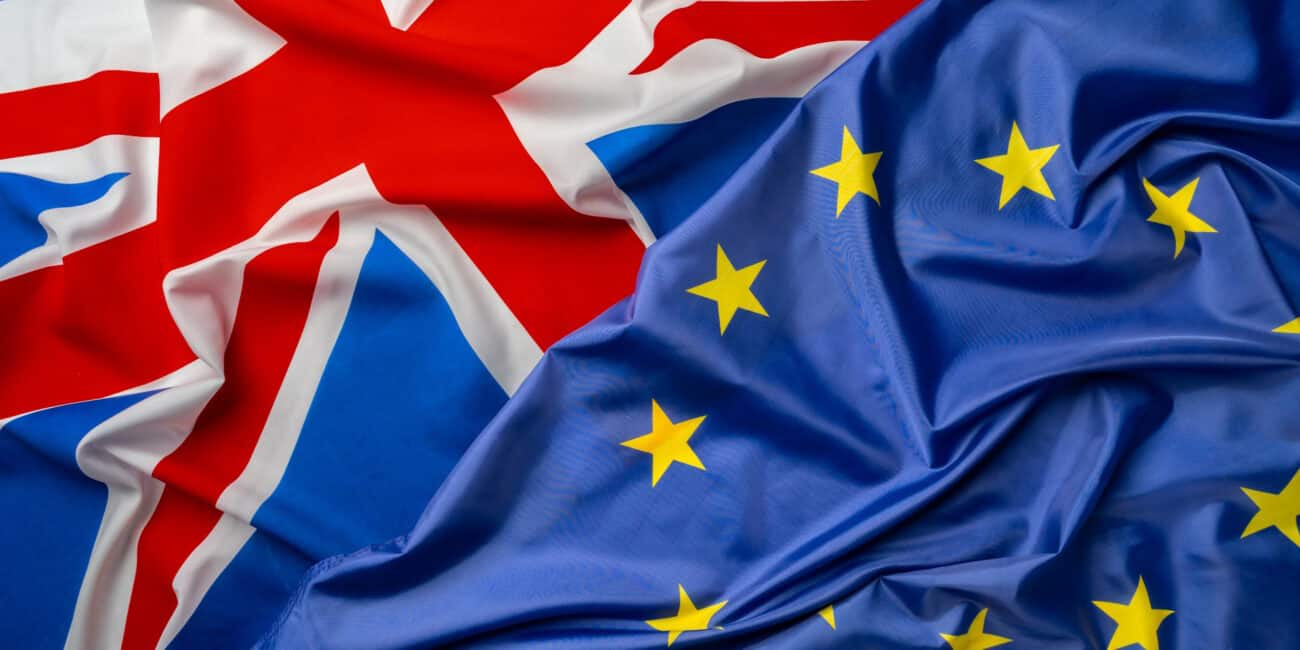Carbon Border Adjustment Mechanism
Climate change is one of the greatest challenges of our time, and the European Union introduced the Carbon Border Adjustment Mechanism (CBAM), an ambitious tool to reduce greenhouse gas emissions on a global scale. The respective EU Regulation came into force already at the end of 2023. We are currently in the transitional period, which ends on Dec 31, 2025. But what does this mean for you as an Amazon seller? This blog post tells you how the CBAM works, which products are affected, and which steps you should take now to ensure compliance – and even how to gain a competitive edge.
What is the CBAM, and why is it relevant for you?
CBAM stands for “Carbon Border Adjustment Mechanism”. It was introduced by the EU to prevent a phenomenon called “carbon leakage”. It means that businesses move their production facilities to countries with lower standards for environmental protection in order to circumvent the strict climate protection regulations in the EU.
This is especially important if you are an Amazon seller importing products to be sold in the EU. The objective of the CBAM is to create a fair competitive environment where imported goods are subject to the same carbon costs as products produced in the EU. The CBAM primarily affects industries with high energy consumption, but it may well include other categories that are relevant for e-commerce in the near future.
Which products are affected?
The CBAM is introduced gradually, at first focusing on the following product groups:
- cement
- steel and iron
- aluminum
- fertilizer
- electric power
- hydrogen
If you are doing business in one of these categories, the CBAM affects you directly. If you are manufacturing or selling products that contain materials such as steel or aluminum (e.g., electronic devices, household appliances or furniture), the costs along the supply chain may rise, even if your product is not immediately subject to the regulation.
From 2026, when the Regulation comes into full force, the scope of application is planned to be expanded to include other products until 2030. Annex I of the Regulation (EU) 2023/956 lists all the products that are currently subject to the CBAM.

How does the CBAM work, exactly?
The CBAM stipulates that importers to the EU are required to buy certificates to compensate for the greenhouse gas emissions caused by the production of their products in third countries. The price of these certificates is based on the EU Emission Trading Scheme (ETS).
What does this mean for you, specifically?
- You have to calculate the greenhouse gas emissions embedded in your products or the materials they are made of.
- If you are importing goods from third countries that do not have comparable climate protection measures, you have to pay for the respective emissions.
You are obligated to submit the required reports and documents proving that you comply with the CBAM regulations.
Why is the CBAM important for Amazon sellers?
As an Amazon seller, you are usually part of a highly complex supply chain. Even if your products are not immediately subject to the CBAM, your suppliers may be subject to its provisions. Higher costs caused by the CBAM along the supply chain may affect your sales prices.
In addition, sustainability is becoming increasingly important as a criterion in customers’ decision to buy. If you implement the CBAM regulations early on and communicate clearly, this can give you a competitive edge.
What do Amazon sellers need to do now?
Implementing the CBAM may seem like a complex task, but you can master the challenges if you are well prepared. Some steps that you should take now:
1. Analyze your supply chain
Find out whether your products or the materials you import are subject to the CBAM regulations. Ask yourself:
- Where do your materials or products come from?
- Are materials such as aluminum or steel used along your supply chain?
- How much greenhouse gas is being emitted during production?
If you cannot obtain this information directly, contact your suppliers and request transparency in regard to these aspects.

2. Cooperate with your suppliers
If your suppliers are located in countries that do not provide for comparable climate protection instruments, they can pass the carbon price on to you. Check the following:
- Can your suppliers provide proof of their emissions?
- Have they taken steps to reduce such emissions?
Close cooperation helps you not only to comply with the statutory provisions, but also to identify possible increases in costs early on.
3. Introduce carbon dioxide monitoring
Effective carbon dioxide monitoring is the key to complying with the CBAM regulations. There are tools and service providers you can use to measure the emissions caused by your products along the supply chain. Make sure that your reports include the following information:
- total volume of imported goods
- carbon dioxide emissions per ton of said products
This information is required to calculate the number of certificates you need to buy.
4. Communication and marketing
The CBAM provides an opportunity for you to establish yourself as a sustainable Amazon seller. As you are implementing the regulations, you can actively communicate your efforts:
- Mention that your products comply with the CBAM in your product descriptions.
- Mention sustainability as a selling point.
Amazon customers are increasingly paying attention to environmental aspects. A clear message such as “sustainably produced and CBAM-compliant” can increase your conversion rate.
5. Obtain legal and tax advice
Implementing the CBAM can be a highly complex task, in particular when it comes to calculating the required number of certificates and complying with the reporting obligations. It is advisable to consult a tax consultant or legal expert who is familiar with the CBAM provisions.
To summarize the advantages of the CBAM for you:
While the CBAM may appear to be just another hurdle, it offers opportunities as well:
- Competitive edge: Customers prefer sustainable products. Responding quickly to the CBAM requirements gives you an edge over your competitors.
- Cost savings: Reducing greenhouse gas emissions along your supply chain allows you to save costs in the long run.
- Secure market access: CBAM-compliant products ensure that you will have continuous access to the European market.
Conclusion: Turn the CBAM into an opportunity
The CBAM is more than a statutory obligation: It is an opportunity for you to make your supply chain more sustainable and to establish yourself as a responsible Amazon seller. If you take appropriate steps early on, you can not only minimize your cost and legal risks, but also impress your customers.
The creation of a carbon border adjustment mechanism is a big step towards a more sustainable future. Use this opportunity to play an active role in this transition and present your Amazon products as a sustainable alternative. A clear and responsible strategy will ultimately benefit both the environment and your business.
Who wrote this article?
As an author, Christina fills the blog section of our website with exciting and informative articles, so that our readers can always take care of product compliance in their company in the most well-informed way.




